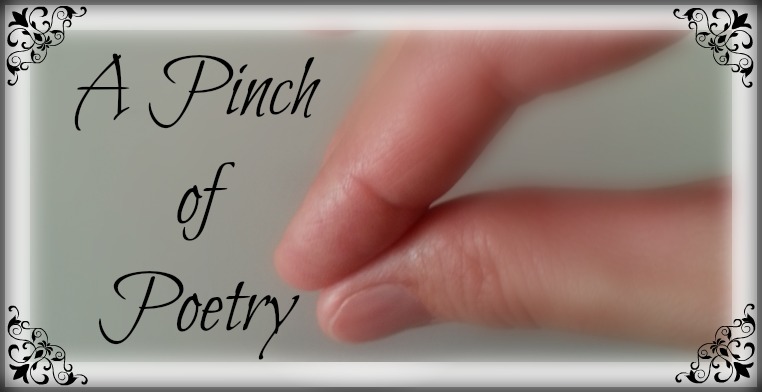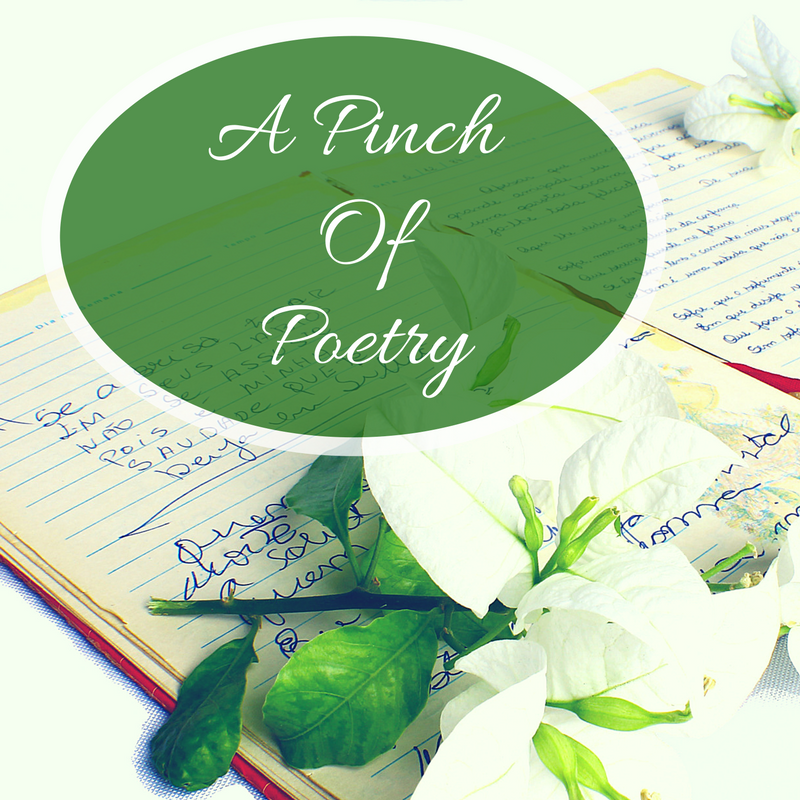We’re going to explore a very short Japanese form of poetry known as haiku. This type of poem reflects a simpler side of Japanese culture.
And you know me. Simple is just my style.
A haiku poem consists of 3 lines with a pattern of syllables arranged in 5, 7, 5. Usually the lines don’t rhyme, but in this type of poetry, sounds are not as important as the imagery anyway. Typically the subjects of these poems are about nature but not always.
When I write haiku, I personally focus on a natural scene that touches me in a unique way. Nature has a way of speaking to a poet’s soul without using words.
So how do we take those impressions and translate them into poetry?
Nature has a way of speaking to a poet's soul without using words. #poets #poetry Click To TweetFirst, when writing haiku, it’s always important to use vivid figurative language (such as a simile or metaphor) to paint a picture of whatever scene or object you are observing. And you should always use concrete imagery to describe your subject, meaning you need to use language that appeals to the five senses.
I suggest you jot down words and phrases about your subject using the above techniques. Then begin to arrange the words and phrases into lines.
Because the form limits you on lines and syllables, you have to choose your words very carefully. It might appear an easy poem to write, but don’t be fooled. You may find that it takes some extra thinking to arrange the right words in an order that will speak poetically.
The point is that you want to show the reader what impacted you in order to let them experience that same feeling or emotion. You don’t want to tell them. Hence the golden rule of writing in general.
There’s a great description and examples of haiku poetry on www.literarydevices.net and Shadow Poetry.com.
If you need a little more guidance, Creative Writing Now also has excellent tips for writing haiku poetry.
You should probably take note that because haiku came from Japanese culture and language, it may be perceived and written a little differently in English. I am only conveying the accepted English guidelines for writing this type of poetry.
However, if you’re interested, Shadow Poetry also covers some of the cultural and language differences. As a bonus, they offer a host of resources for writing many other kinds of poetry as well.
Simple is just my style. Learn to write haiku poems. #poetry #poets Click To Tweet
Now it’s your turn.
Take a walk or find a quiet place to sit and observe an area outside. What inspires you? Do you notice anything that creates a unique impression? See you if can jot a few observations and create a haiku.
Feel free to post your poems or questions in the comments below!




 We love helping your growing in your writing career.
We love helping your growing in your writing career.

No Comments